US Schools Strengthen "Safe Zone" Policies to Protect Immigrant Students

School districts across the United States are intensifying efforts to establish and reinforce "safe zone" policies to safeguard immigrant students' access to education and overall well-being.
These initiatives come in response to escalating immigration enforcement measures and a growing sense of uncertainty within immigrant communities. The aim is to ensure schools remain havens of learning and support, irrespective of a student's or their family's immigration status. The renewed focus on "safe zone" policies is driven by several converging factors. The revocation of the "sensitive locations" policy, which had previously restricted Immigration and Customs Enforcement (ICE) activities in educational settings, has raised concerns about an increased ICE presence on school campuses.
Simultaneously, heightened ICE activity in immigrant communities has led to increased anxiety among immigrant children and their parents. Furthermore, ongoing legal challenges questioning the right to education for undocumented children, as guaranteed by the Supreme Court's decision in _Plyler v. Doe_, have created an atmosphere of uncertainty and urgency. School districts are now tasked with navigating a complex landscape, balancing federal and state laws with their commitment to providing a safe and welcoming learning environment for all students.
In response, districts and state departments of education are creating and implementing new or updated policies that clarify the rights of immigrant students and their families. The goal is to equip school staff with the knowledge and resources needed to respond effectively to immigration-related issues while upholding the educational rights of all students. The "safe zone" policies, while varying in their specific details, share a common set of principles rooted in established law and educational best practices.
The legal foundation for these policies rests on several pillars. _Plyler v. Doe_ mandates that public education be accessible to all children, regardless of immigration status, prohibiting schools from implementing practices that might deter enrollment or attendance based on immigration concerns. The Fourth Amendment protects individuals' right to privacy, requiring law enforcement agents to obtain a judicial warrant before investigating or detaining someone in a place where they have a reasonable expectation of privacy, including the private areas of a school.
The Family Educational Rights and Privacy Act (FERPA) safeguards student information, restricting the disclosure of individual student data to third parties without a legitimate educational purpose or parental consent, with limited exceptions for "directory information." Lastly, the Civil Rights Act of 1964 prohibits schools from tolerating bullying and harassment of students based on their national origin. Beyond these legal underpinnings, "safe zone" policies align with research highlighting the importance of a positive school climate, consistent attendance, and family engagement in fostering student success.
Studies have shown that schools that prioritise these factors tend to see better academic outcomes for all students, and one study specifically linked "safe zone" policies to improved academic outcomes for children at risk of parental deportation. A core component of these policies involves establishing clear procedures for handling ICE encounters on school campuses. Guidance documents delineate the roles and responsibilities of school staff, outlining the chain of command for decision-making and procedures for notifying parents or guardians of ICE activity.
They also provide examples of the difference between an administrative and judicial warrant to assist staff in understanding the legal constraints on ICE operations. Furthermore, "safe zone" policies address the handling of sensitive student information. Schools are reminded of their obligations under FERPA and encouraged to review their privacy notifications and directory information policies to ensure they are protecting sensitive data, such as a student's address and place of birth.
Policies may also limit the collection and retention of information that could expose a student's or their family's immigration status. Effective communication and engagement are also central to the success of "safe zone" policies. Schools are encouraged to proactively communicate their policies to both parents and staff, ensuring that everyone is aware of the rights and protections afforded to immigrant students. This communication may include providing resources and information to families at risk of detention or deportation, such as "know your rights" presentations and referrals to legal assistance.
In addition to these specific provisions, "safe zone" policies often encompass broader efforts to create a welcoming and inclusive school environment for all students. This may involve professional development for staff on topics such as the US immigration system, the legal obligations related to serving English Learners, strategies for disrupting bullying and harassment, and trauma-informed care. While the implementation of "safe zone" policies is widespread, they have become another point of political contention. States such as Tennessee and Texas have introduced measures challenging _Plyler_ by directing schools to report on the costs of educating unauthorised immigrant students.



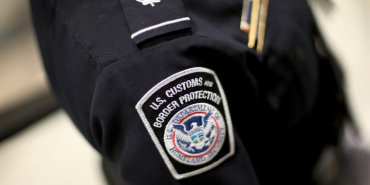

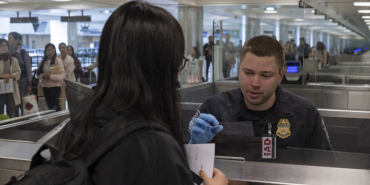
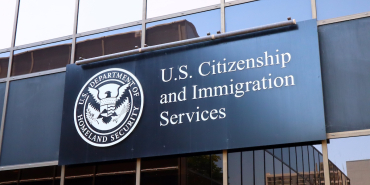

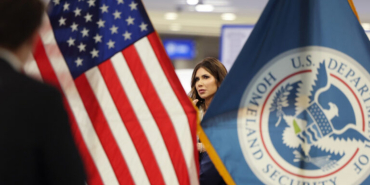
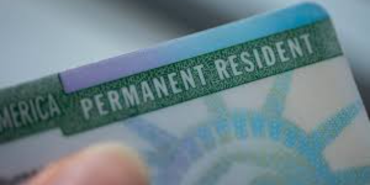




Add new comment